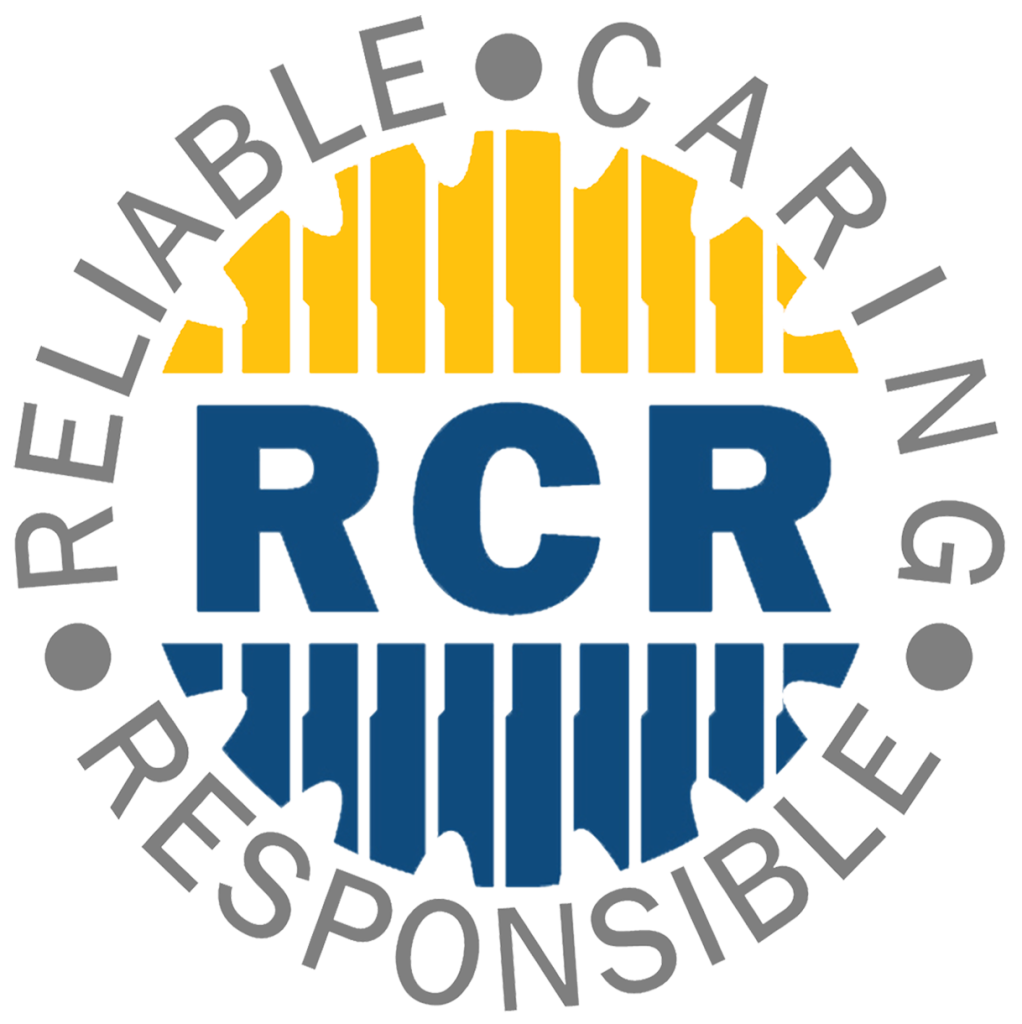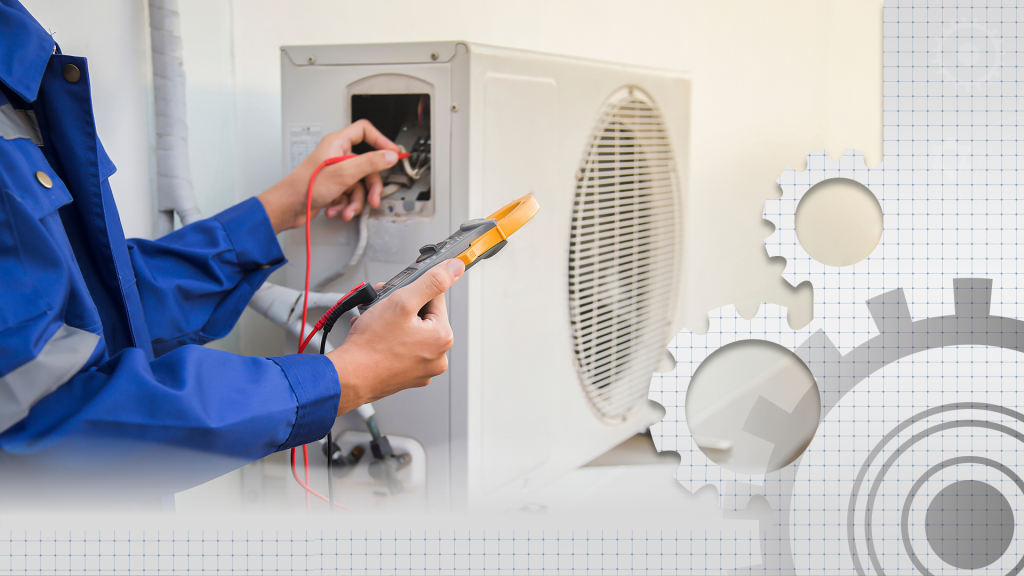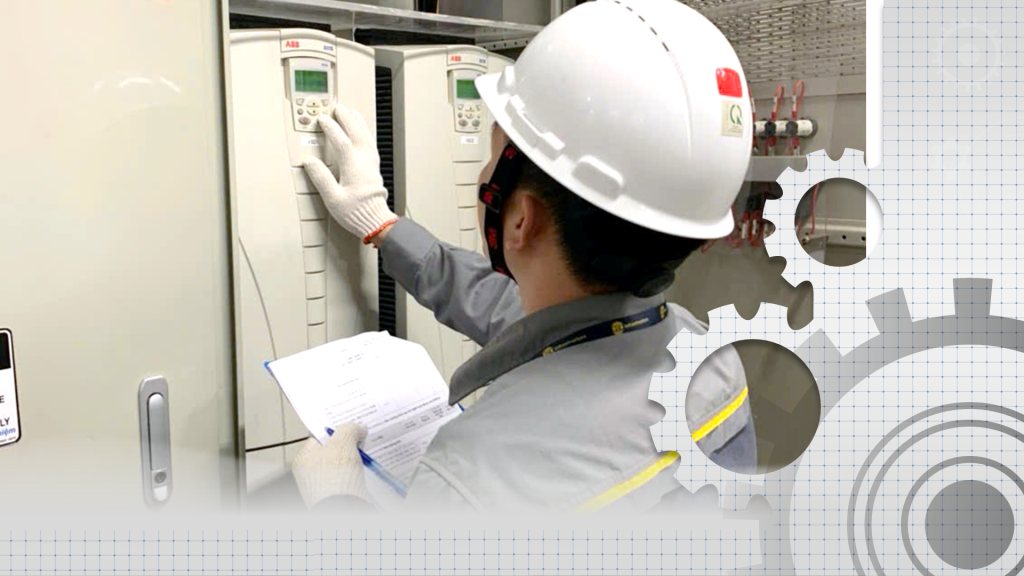Grade A commercial buildings represent the culmination of quality. They can be high-end projects that have just been completed or ones that have been operating for a long time. Over time, if a building’s facilities experience under-maintenance or are not updated to meet evolving industry expectations, such as advancements in energy efficiency, connectivity, or security, it can lose its competitive edge.
In this blog post, we explore the true cost of under-maintenance and how proactive maintenance, and good facilities management practices can save building owners and facility managers in the long run.

Key Takeaways
-
- What is Under-maintenance?
- 6 Hidden Costs of Under-maintenance in Grade A Commercial Buildings
- How to Avoid Under-Maintenance in Grade A Commercial Buildings?
What is Under-maintenance?
Under-maintenance refers to the poor quality or lack of maintenance of a building’s components, systems, and equipment. This can include anything from neglected plumbing fixtures, to faulty electrical wiring, poorly functioning HVAC units, and inadequate processes.
A variety of factors may contribute to under-maintenance, including:
- Major shortage of skilled labor, which limits the ability to execute necessary maintenance.
- Refusal to use contemporary technology leads to inefficiencies and missing possibilities for improved operations.
- Lack of established processes and methodologies worsens the problem, resulting in inconsistent and substandard maintenance practices.
- Budget constraints are another attribution to these challenges, as they limit the resources available for critical repairs and updates, resulting in a cycle of neglect and degradation.
6 Hidden Costs of Under-maintenance in Grade A Commercial Buildings
Routine maintenance, while essential for the general upkeep of equipment, may not always identify all potential problems. This can lead to several hidden costs, especially in premium commercial buildings where the standards and expectations are at the top level.
1. Unanticipated Breakdown
Relying solely on routine maintenance without considering more comprehensive diagnostic approaches can compromise the reliability and longevity of the equipment. Unexpected breakdowns can strain resources, as building/facilities managers might need to allocate additional funds and manpower to address these sudden issues. Additionally, the unpredictability of these failures can disrupt service operations, leading to operational inefficiencies and further financial losses.
2. Shortened Equipment Life Cycle
Another cost of under-maintenance is the shortened life span of equipment and increased replacement costs. When equipment is not sufficiently maintained, it becomes prone to rapid wear and tear and breakdowns, which eventually lead to complete failure.
Replacing an entire equipment system is more expensive than fixing minor issues, and unplanned replacements can drain a business’s finances. Routine, combined with preventive, predictive maintenance, ensures that equipment is in optimal condition and extends its life span, preventing premature replacements.
3. Energy Inefficiency
One of the significant impacts of under-maintenance is a rise in energy consumption and utility bills. When HVAC (heating, ventilation, and air conditioning) systems, lighting fixtures, and other equipment are not serviced properly, they gradually become inefficient and consume more energy than necessary. This inefficiency leads to higher utility bills, and building owners and facility managers spend more money on energy expenses than they should.
Additionally, increased energy consumption can potentially affect business sustainability goals and certifications. Most Grade A commercial buildings aim to acquire and maintain green building certifications, such as LEED or WELL, which require strict adherence to energy efficiency standards. Overuse of energy can jeopardize these certifications, putting efforts to promote environmental stewardship and corporate responsibility at risk.
4. Tenant Dissatisfaction
Grade A commercial buildings are well-known for their state-of-the-art amenities and aesthetically pleasing design. Regardless of how beautiful your building is, it’s critical to provide your occupants and visitors with a safe, comfortable, and functional environment.
Poor maintenance standards create bad experiences that can drive away your tenants. Imagine leaking ceilings, crackling floors, or malfunctioning elevators. Dissatisfied tenants are more likely to leave, increasing turnover rates and the associated costs of finding new tenants. Consequently, the poor experience within your facility will most likely cause you to lose future business prospects.
In contrast, a well-maintained building with an outstanding reputation contributes to the top line of the organization as it helps attract and retain your dream tenants.
5. Regulatory Compliance Risks
Under-maintenance may expose commercial buildings to legal liability. When building owners and facilities managers neglect maintenance activities, accidents and injuries are likely to occur.
Moreover, each type of business has specific local building codes, fire regulations, and other safety standards. Even stricter regulations apply to Grade A commercial buildings. Failure to meet regulatory standards during inspections or audits results in heavy fines, legal consequences, leading to damage to the building’s reputation.
Establishing maintenance plans helps facilities stay within the law and avoid any associated costs and penalties.
6. Health and Safety Concerns
Neglecting comprehensive maintenance can lead to serious safety hazards, such as electrical failures, fire risks, or structural issues. Electrical failures, for instance, can result from deteriorated wiring or overloaded circuits, posing significant fire hazards.
Similarly, structural issues like cracks in walls, damaged roofing, or weakened foundations, can worsen over time if left unaddressed, potentially causing partial or total building collapses.
If these issues are not identified and rectified through regular maintenance, they can endanger property and human lives. Such incidents, moreover, not only risk the safety of occupants but also attract legal liabilities for property owners, who may face lawsuits, or fines, due to negligence.
How to Avoid Under-Maintenance in Grade A Commercial Buildings?
While budgetary constraints are a reality, under-maintenance is not a cost-effective strategy in the long run.
So how can you ensure the facility’s optimal performance while ensuring to check all the boxes without breaking the bank?
Prioritize Regular Preventive Maintenance
The first step to avoiding the hidden costs of commercial facility under-maintenance is to shift from a reactive maintenance approach to a proactive one. Maintenance activities need to be scheduled to minimize downtime and maximize the equipment’s efficiency. Preventive and Predictive Maintenance is crucial in avoiding costly repairs and replacements. Develop a maintenance schedule and prioritize preventive maintenance to keep your facility in top shape.
Not sure about the status of your facility? Consider conducting a facility audit to identify the gaps in conditions, processes, and people within your facility.
Plan for Emergency Repairs
Despite the best preventive measures, emergencies can still happen. Allocating a budget for emergency repairs can help mitigate the impact of unexpected breakdowns. This can help avoid last-minute scrambles for resources and prevent further damage to the facility.
Invest in Energy-Efficient Equipment
When it’s time to replace equipment, consider investing in energy-efficient options. While they may have a higher upfront cost, they can reduce utility bills in the long run. By reducing energy consumption, commercial buildings become less sensitive to disruptions in energy supply, ensuring more stable and reliable operations.
Apply technology
For a Grade A commercial building to stay competitive in any market, adopting the latest trends in technology is critical. Automated lighting and temperature controls, advanced security systems, and high-speed elevators are all typical examples of smart building features that can improve your workspace. Technological advancements are not just enhancing the operations efficiency of the building but are also redefining the expectations of tenants and investors.
BMS (Building Management System) is one of the most well-known technological software used in modern commercial buildings. BMS connects to critical equipment systems of a building, such as HVAC (heating, ventilation, air conditioning), lighting, or energy supply. With this system, building owners and facilities managers can monitor and analyze building current performance. From there, each different system can be set and fine-tuned to achieve performance targets. This helps to optimize building equipment performance, reduce energy expenses, and enhance occupants’ comfort while complying with laws and regulations.
Achieve sustainability
Through reducing energy costs and increasing facilities’ efficiency, commercial buildings are one step closer to achieving sustainability targets. Many businesses today consider sustainability as one of their priorities. This is because reducing environmental impacts is not only cost-effective but can enhance brand image and foster customer loyalty.
Consider Outsourcing Experienced Facility Management Professionals
Hiring seasoned professionals for facility upkeep is vital. While it might appear economical to manage maintenance tasks internally, a team lacking experience could overlook crucial issues. This oversight could escalate into more significant challenges and unexpected expenses in the future. If you think it’s expensive to hire a professional, wait until you hire an amateur.
Delegating facility management to an expert service provider can be a financially savvy strategy. Facilities management companies often apply best practices and the latest technology. This approach not only ensures access to specialized knowledge but also enhances building operations through improved maintenance processes and energy efficiency. Moreover, it allows building owners and managers to concentrate on their core business activities, such as leasing and tenant relations, rather than getting stuck in the day-to-day operations.
Sustaining a strong focus on the upkeep and maintenance of Grade A commercial buildings is crucial for their long-term success and value. Effective facilities management ensures the safety, functionality, and aesthetic appeal of the property. In turn, attract and retain high-quality tenants.
Not only that, through investing in preventive and predictive maintenance, upgrading building systems, and addressing repairs promptly, buildings can avoid costly future issues and extend the building’s lifespan. Furthermore, a well-maintained commercial building boosts its reputation and marketability, positioning it as a desirable location for high-caliber businesses. By prioritizing maintenance, Grade A commercial building owners can ensure sustainable operational efficiency, secure a competitive edge, and safeguard their investment.





